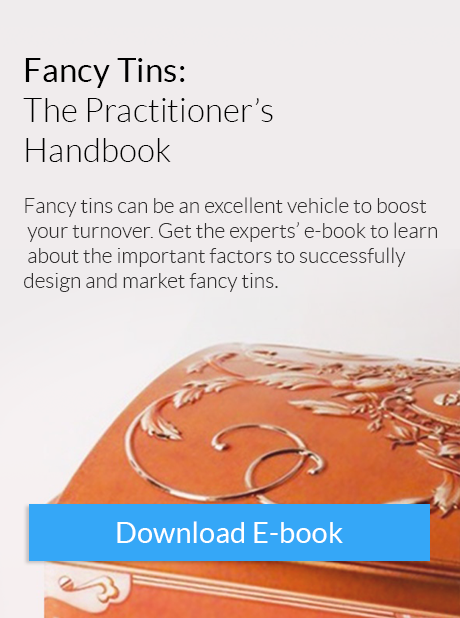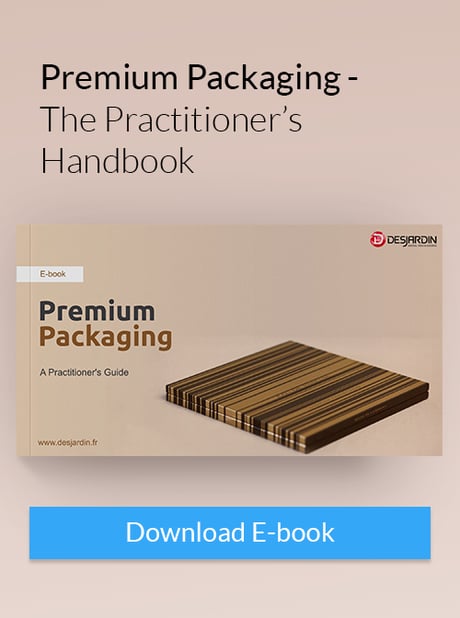Understanding consumer behavior is the main reason packaging designers should take an interest in how multisensory packaging affects consumer decisions. While every consumer makes decisions based on their own personal experiences, certain packaging themes appeal to certain market segments. Here are essential themes of multisensory packaging that designers should explore.
Value of Haptic Feedback Studies
Haptic feedback comprises two types of sensations: tactile, which is feeling with fingers or skin, and kinesthetic, which is what a person feels from their muscles, joints and tendons. Tactile feedback connects sensors in fingers with the brain to communicate vibration, pressure, touch and texture. Kinesthetic feedback sends information to the brain about size and weight of an object.
Various haptic studies have been conducted to learn more about the relationship between the mind's associations with objects and experiences. The use of tactile attributes in product packaging traces back to 1930s marketer Louis Cheskin, who coined the term "sensation transference." Cheskin claimed consumers typically don't distinguish between what they think about a product with how they feel about its packaging.
The concept that consumers don't separate the product from the package lends to the notion that products can be packages, just as packages can be products. A wide body of studies point to the consumer judging a product by its package. But since each consumer has their own experiences with multisensory stimuli, it's difficult to draw definitive conclusions on what design patterns work best for certain market segments.
Sensation Transference
Cheskin's concept of sensation transference suggests that consumers who perceive a package to be premium quality will likely transfer the same feeling toward the product. Since the consumer engages with the packaging quite a bit before unwrapping the product, it's important for designers to remember that to the consumer the package is synonymous with the product prior to taking it home. In that sense, the package plays a big role in selling the product.
Although not all consumers deeply engage in sensation transference, the point is that it's common for shoppers to judge products by not just the appearance of a package, but also how it feels, which is why texture is important. They might shake certain packages to hear if there's movement inside. The feelings consumers get from these interactions shape perceptions and decisions on whether or not to buy the product.
How Multisensory Packaging Affects Expectation
The advent of multisensory packaging yields designs that appeal to the consumer through multiple senses - sight, hearing, touch, smell and taste. The designer must understand what the product means as a solution to the consumer. From there the designer can craft a design with certain principles in mind to facilitate multisensory appeal.
One of the most agreed upon principles of packaging is that the design must meet the consumer's expectations. Otherwise, the individual might not take the time to learn more about the product since there may be many other choices, especially online. The packaging should be congruent with the values of the product. Consumers might expect a weight loss product, for example, to be in a lean package.
The visual aspect of multisensory packaging is perhaps the most important because it displays a mix of emotion and information. Color schemes and brightness trigger emotional responses, depending on each person's associations based on experiences. Putting the most important product information on the package is crucial, but so is avoiding overcrowding limited space with graphics.
Packaging designers can actually guide consumer expectations by exceeding their expectations. Soft products that come in amazingly soft packages, for example, get people's attention as the congruency between package and product reinforces the message.
References
[1] "Haptic Aspects of Multisensory Packaging Design (2019)" , by Charles Spence, Crossmodal Research Laboratory, Department of Experimental Psychology University of Oxford
[2] Read more articles on "Multisensory Packaging Design (2017 - today)" , by Charles Spence
[3] "From Disgust to Desire: How Products Elicit Our Emotions (2004)" , by Pieter M. A. Desmet, in Design and Emotions, edited by Dena McDonagh et al.
[4] "Luxury branding: the industry, trends and future conceptualisations (2015)" , by Yuri Seo and Margo Buchanan-Oliver
[5] "Food packaging: The medium is the message (2010)" , by Corinna Hawkes
[6] "Multisensory design: Reaching out to touch the consumer (2011)", by Charles Spence and Alberto Gallace








